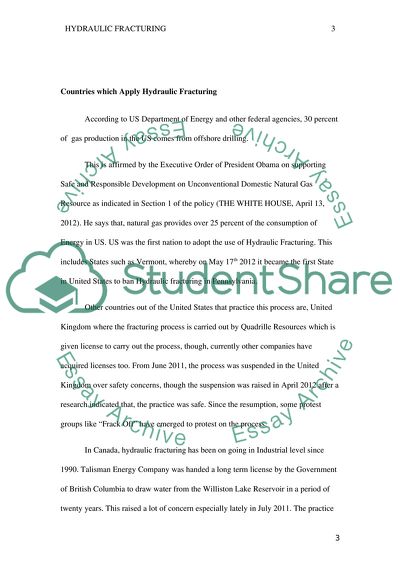Cite this document
(Hydraulic Fracturing Term Paper Example | Topics and Well Written Essays - 2250 words, n.d.)
Hydraulic Fracturing Term Paper Example | Topics and Well Written Essays - 2250 words. https://studentshare.org/environmental-studies/1797127-hydraulic-fracturing-report
Hydraulic Fracturing Term Paper Example | Topics and Well Written Essays - 2250 words. https://studentshare.org/environmental-studies/1797127-hydraulic-fracturing-report
(Hydraulic Fracturing Term Paper Example | Topics and Well Written Essays - 2250 Words)
Hydraulic Fracturing Term Paper Example | Topics and Well Written Essays - 2250 Words. https://studentshare.org/environmental-studies/1797127-hydraulic-fracturing-report.
Hydraulic Fracturing Term Paper Example | Topics and Well Written Essays - 2250 Words. https://studentshare.org/environmental-studies/1797127-hydraulic-fracturing-report.
“Hydraulic Fracturing Term Paper Example | Topics and Well Written Essays - 2250 Words”. https://studentshare.org/environmental-studies/1797127-hydraulic-fracturing-report.


